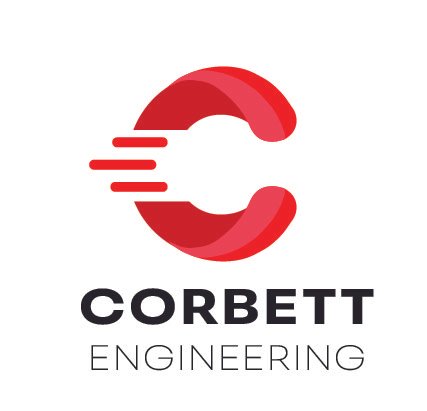Leverage Design for Manufacturing to Expedite Market Entry and Curtail Costs
Design for Manufacturing (DFM) is a proactive approach employed to analyze the ease of manufacturing a designed product and optimize its production process. By incorporating DFM strategies early in the design process, companies can significantly decrease time to market and manufacturing expenses, enabling them to maintain a competitive edge in the rapidly evolving market landscape.
Early Integration of DFM
DFM’s integration at the nascent stages of design is crucial. During the initial stages, the cost of making design alterations is minimal, but as the design matures, the cost and complexity of changes amplify exponentially. By prioritizing DFM early, organizations can optimize product designs for efficiency and cost-effectiveness before reaching the costly later stages of development.
Cost-Reduction Mechanisms
Material Optimization: Early incorporation of DFM facilitates material optimization by selecting cost-effective, readily available, and processable materials, minimizing waste, and ensuring sustainability.
Component Standardization and Reduction: Through DFM, redundant and non-standard components can be identified and eliminated or replaced with standardized parts, reducing the complexity and costs associated with inventory and procurement.
Process Simplification: Simplified production processes require fewer steps, less time, and lower costs, increasing overall manufacturing efficiency and reducing the likelihood of errors and rework.
Enhanced Quality and Reliability: Improved design quality reduces the number of defects and the associated costs of rework, scrapping, and warranty claims, leading to enhanced product reliability and customer satisfaction.
Accelerated Time to Market
Reduced Development Time: Resolving design issues and optimizing for manufacturability in the initial stages drastically decreases development cycles, enabling quicker prototype iterations and validations.
Enhanced Productivity: An efficient, streamlined manufacturing process facilitated by early DFM application results in higher productivity levels, allowing companies to respond promptly to market demands.
Rapid Prototyping: Employing DFM principles allows for quick prototyping techniques to validate designs quickly, enabling faster design finalizations and reducing the lead time to production.
Strategic Supplier Integration: Early collaboration with suppliers can provide invaluable insights into material availability, process capabilities, and cost structures, ensuring seamless transitions from design to production and shorter lead times.
A Competitive Imperative
In the era of dynamic market trends and increasing consumer expectations, leveraging DFM from the outset of the design phase is a competitive imperative. By assuring that the product design is attuned to manufacturing realities, companies can avoid unnecessary costs and delays that often arise due to design modifications and manufacturing inefficiencies in the later stages of product development. This proactive approach ensures that products meet market demands and adhere to quality, cost, and timeline constraints, thereby gaining a strategic advantage in the market.
Technological Integration and Future Perspectives
The future sees the increasing integration of advanced technologies like Artificial Intelligence and Machine Learning within the DFM process to predict potential manufacturing issues and optimize designs more effectively. The assimilation of such technologies will further refine the design process, contribute to resource optimization, and enhance the adaptability and responsiveness of manufacturing systems to design modifications.
Design for Manufacturing is an indispensable strategy that, when leveraged early in the design process, acts as a catalyst in reducing expenses and accelerating time to market. The cost-saving mechanisms such as material optimization, component reduction, and process simplification are direct outcomes of early DFM integration. Furthermore, by enabling quicker prototype validations, enhanced productivity, and strategic supplier integrations, DFM significantly shortens the development cycles.
In a world marked by relentless competition and ever-evolving consumer needs, adopting DFM from the initial design phases is no longer a choice but a necessity for companies aspiring to maintain market relevance and achieve sustained growth. Integrating emerging technologies within DFM is poised to revolutionize design methodologies, and those who align their processes with this evolving paradigm will lead the markets of tomorrow.

